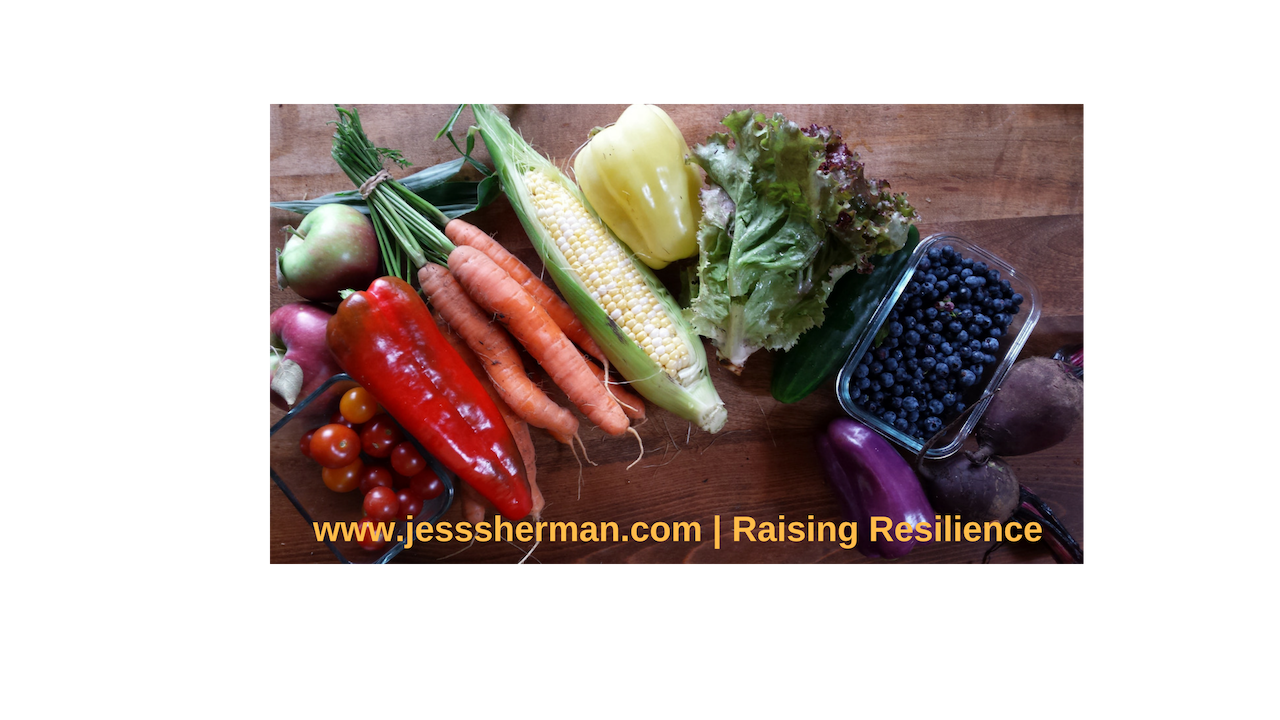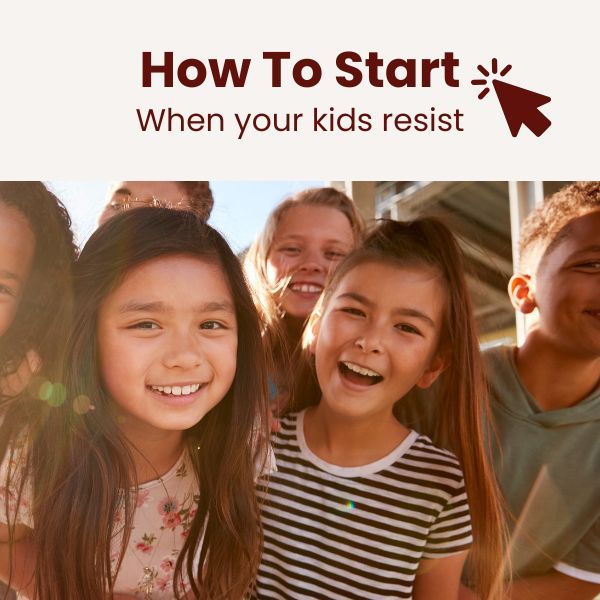Eat The Rainbow. Here's How (video)

The health-promoting chemicals we get from plants are called “phytochemicals”. They represent one of the eight categories of nutrients that I talk about in my book and that I suggest you become familiar with.
Many phytochemicals act as antioxidants in the body preventing cellular damage and supporting cellular repair, they help reduce inflammation, they support good digestion and more.
Certain families of phytonutrients have been associated with different colors. When you “eat the rainbow” you ensure you are getting some of every family represented in your diet.
If you struggle to get all the colors into yourself or your kids, scroll down to the bottom of this post to learn about the broad spectrum phytochemical supplement I recommend.
The Colours of Phytochemicals….
Lycopene:
Found in red foods like red peppers, guava, papaya, watermelon, pink grapefruit mangos, tomatoes and watermelon. A type of carotenoid that is heart-protective, helps with male fertility, and prevents the aging of the skin. It also helps prevent diabetes and osteoporosis.
Carotenoids:
Found in yellow and orange foods like sweet potatoes, yellow peppers, yellow squash, carrots and melons. Lutein, beta-carotene, and zeaxanthin are just a few of the carotenoids Carotenoids are anti-oxidants and may be helpful in preventing cancer. All are helpful with eyesight.
Chlorophyll:
This is the green pigment found in all plants. It cleanses and builds the blood, and helps detoxify the body. It helps promote good bacteria and is a major antioxidant. It supports the immune system and helps fight infection and may help protect against cancer. Good sources of chlorophyll are found in green leafy vegetables such as kale, spinach, broccoli, parsley, cilantro, and wheat grass
Anthocyanins:
Break open the bottle of red wine and enjoy the benefits of anthocyanins. These are found in purple, black and blue foods. Anthocyanins are major anti-oxidants that help protect the blood, the brain, the nervous system as well as support the growth of collagen and connective tissue. They help protect eyesight and have heart-protective and cancer preventative properties. Blueberries, red and purple grapes, raspberries, black currents, blackberries, black raspberries, pomegranate, red cabbage, eggplant are all good sources. The richest source of anthocyanins is found in black foods like black beans, black sesame, blackberries, black rice and black cherry tomatoes.
Catechins:
Catehcins are found in green and black tea and chocolate. All catechins are potent antioxidants. They are heart-protective, improve cognitive function, and are cancer-protective
How To Experience the Rainbow
-
The best health is going to be achieved by having a combination of all colors
-
Rotate the foods in each color group so you are not always eating the same red food or the same yellow food
-
Look to heritage varieties like black tomatoes, purple carrots, purple potatoes to diversify your rainbow
-
Combine the colors on your plate every day and try to have some in every meal. Enjoy!
If you struggle to get the recommended 7-13 servings of fresh fruits and vegetables into your child (or yourself!), this is the supplement I recommend.
I like it because...
- it uses the entire edible portion of the food,
- it is made from foods that are left to ripen on their own which maximizes their phytochemical content,
- it is tested for chemical residue, and
- it has been studied for its antioxidant and anti-inflammatory effects on the body.
Watch the featured video on this page to learn more about the action of antioxidants, and how you can easily get the 25000 phytonutrients we need into you and your child every single day using concentrated whole food.






